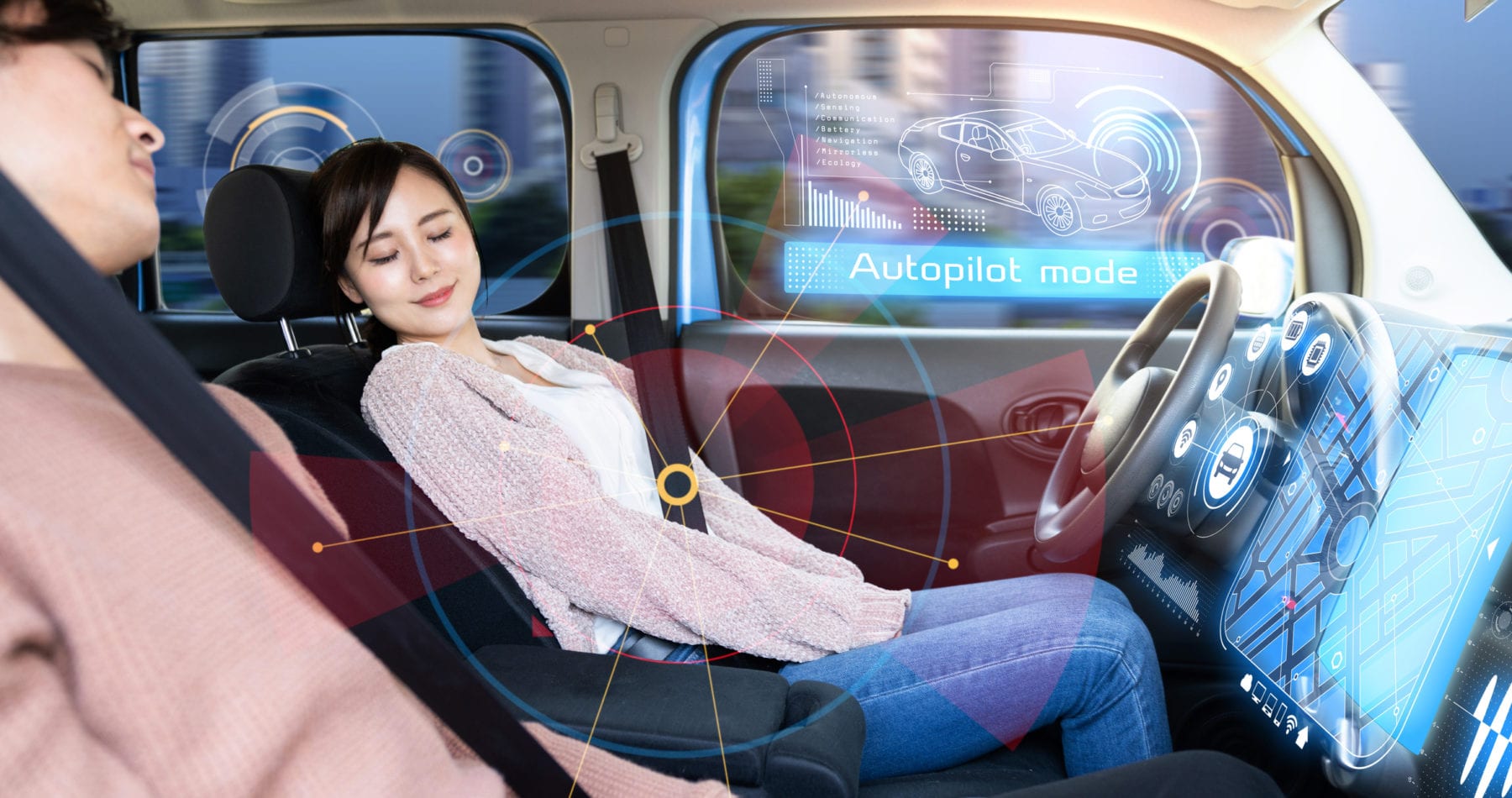Level 3 Self-Driving is a Really Bad Idea
 Photo: Metamorworks / iStockPhoto
Photo: Metamorworks / iStockPhoto
These Level 2 self-driving capabilities are known as driver assist capabilities. They make driving easier and safer. However, the driver is 100% responsible for the safe operation of the vehicle.
Honda has announced that it will offer Level 3 self-driving capabilities in 2021 and other manufacturers are moving in that direction. Level 3 self-driving means that the driver no longer needs to pay attention to the road. They can read a book or watch a movie.
However, and this is the big concern, the driver must be ready to take over control when requested by the vehicle. A law proposed in the UK gives drivers 10-40 seconds to take over control when the vehicle detects an issue. It mentions issue such as a load falling from a truck or a vehicle failure such as a flat tire. However, it would presumably apply to imminent accidents.
The timeframe of 10-40 seconds is supposedly enough for a driver to switch their attention from the book or movie and take control of the vehicle. According to the proposed law, if the driver takes over in that 10-40 second time period, the driver will have no liability for any accident that occurs.
But is 10-40 seconds sufficient to prevent an accident? Many accidents can only be prevented with split second reactions. I know I’ve had many situations in my Tesla where I’d be smashed up against a tree or worse if I wasn’t paying constant attention to the road. I regularly have to take over control out of concern that an accident would happen if I left the car in control. In most cases, if I took 10 seconds to take over control, it would be far too late and the result would be accidents and injuries.
The only way a 40 second response time is acceptable is if the vehicle manufacturer can guarantee that the car can automatically handle any emergency situation that require a faster response. Vehicle manufacturers would also need to accept fully liability for any accidents that occurred within that 40 second window.
The proposed UK law would absolve the driver of any liability. It remains to be seen whether the final law will put that liability on the manufacturer or just make it a no-fault situation. If they take the latter approach, there will be no burden on vehicle manufacturers to ensure that the vehicle is safe for that 40 second window.
As I’ve indicated in previous posts, it would be difficult, if not impossible, for vehicle manufacturers to guarantee safety during this 40 second window. No one knows how to build commonsense reasoning into self-driving vehicles. Without commonsense reasoning, self-driving vehicles have no means to handle all the unexpected edge cases they will encounter. Moreover, since they don’t see like humans, they will make perception errors that have and will likely continue to cause accidents.
Allowing 40 seconds for a driver to regain control makes no sense to me. Too much can happen in those 40 seconds.
Level 4 self-driving still makes sense. At level 4, the manufacturer warrants that the vehicle will operate safely in specific areas without requiring any driver intervention. If the vehicle causes an accidents, liability is (or should be) on the manufacturer.
However, level 3 self-driving makes no sense and should not be allowed on our roads.
Leave A Comment